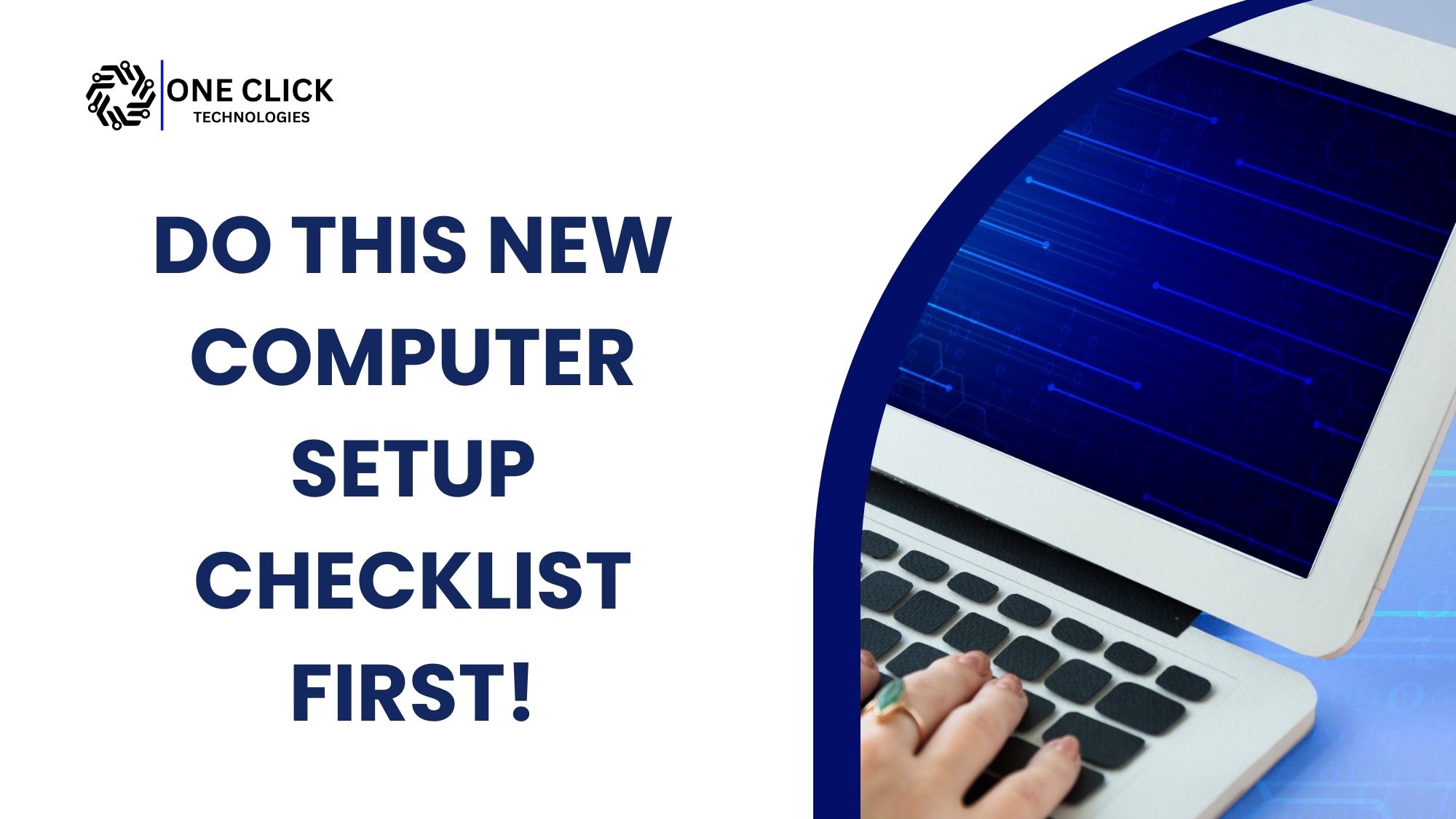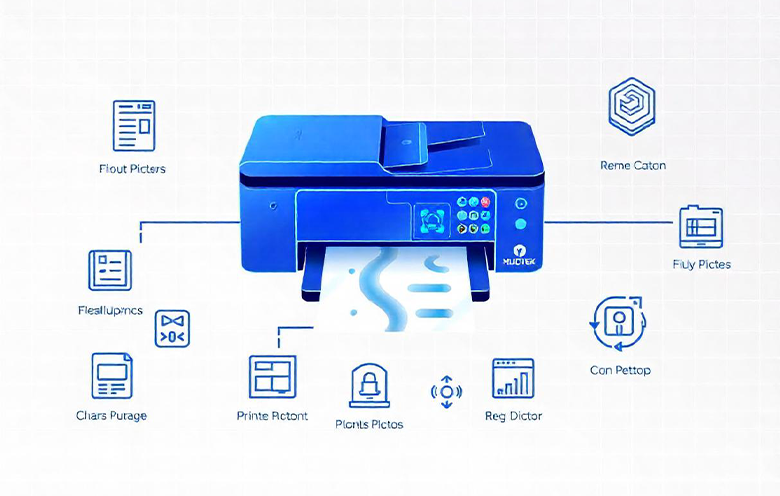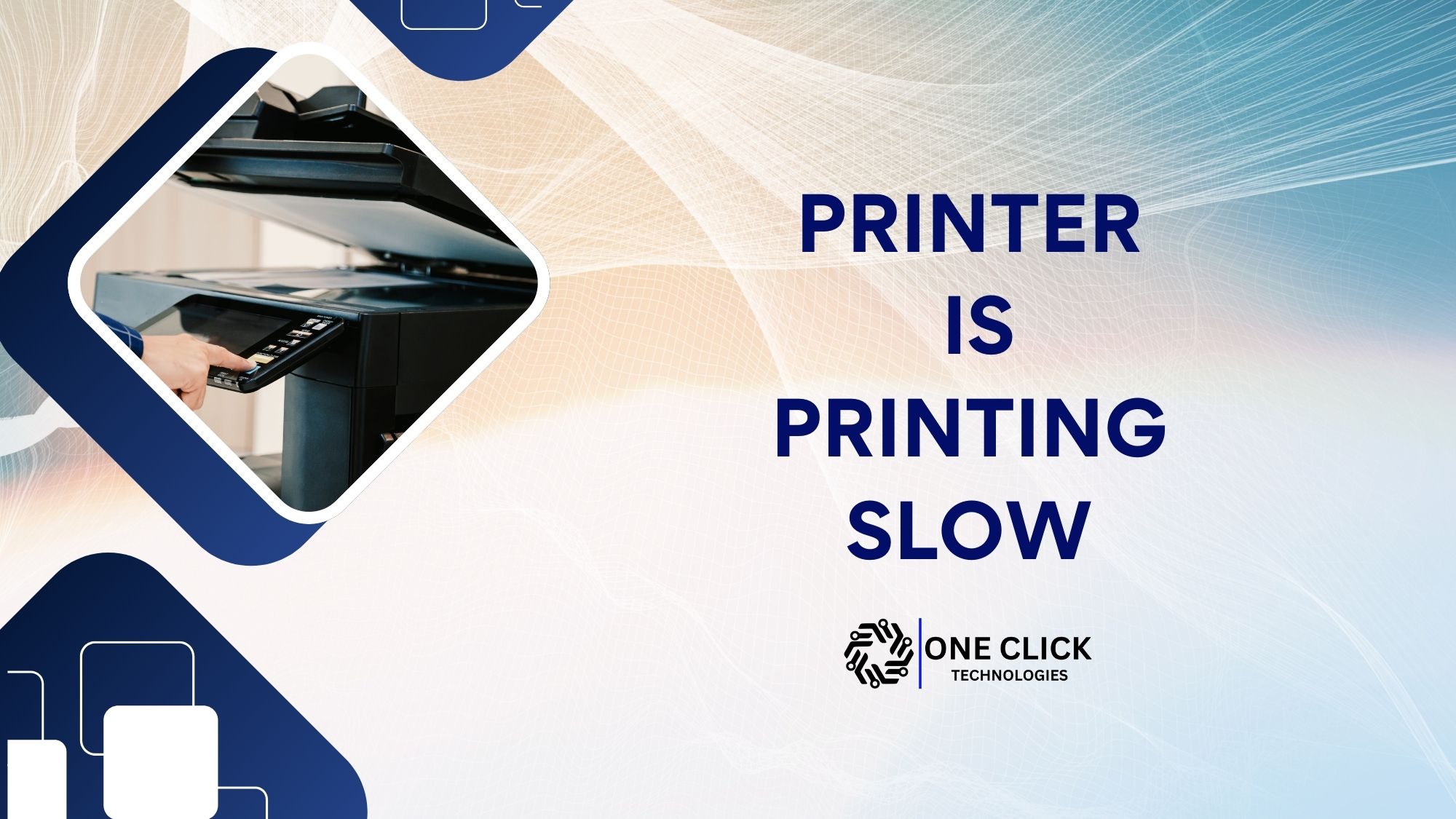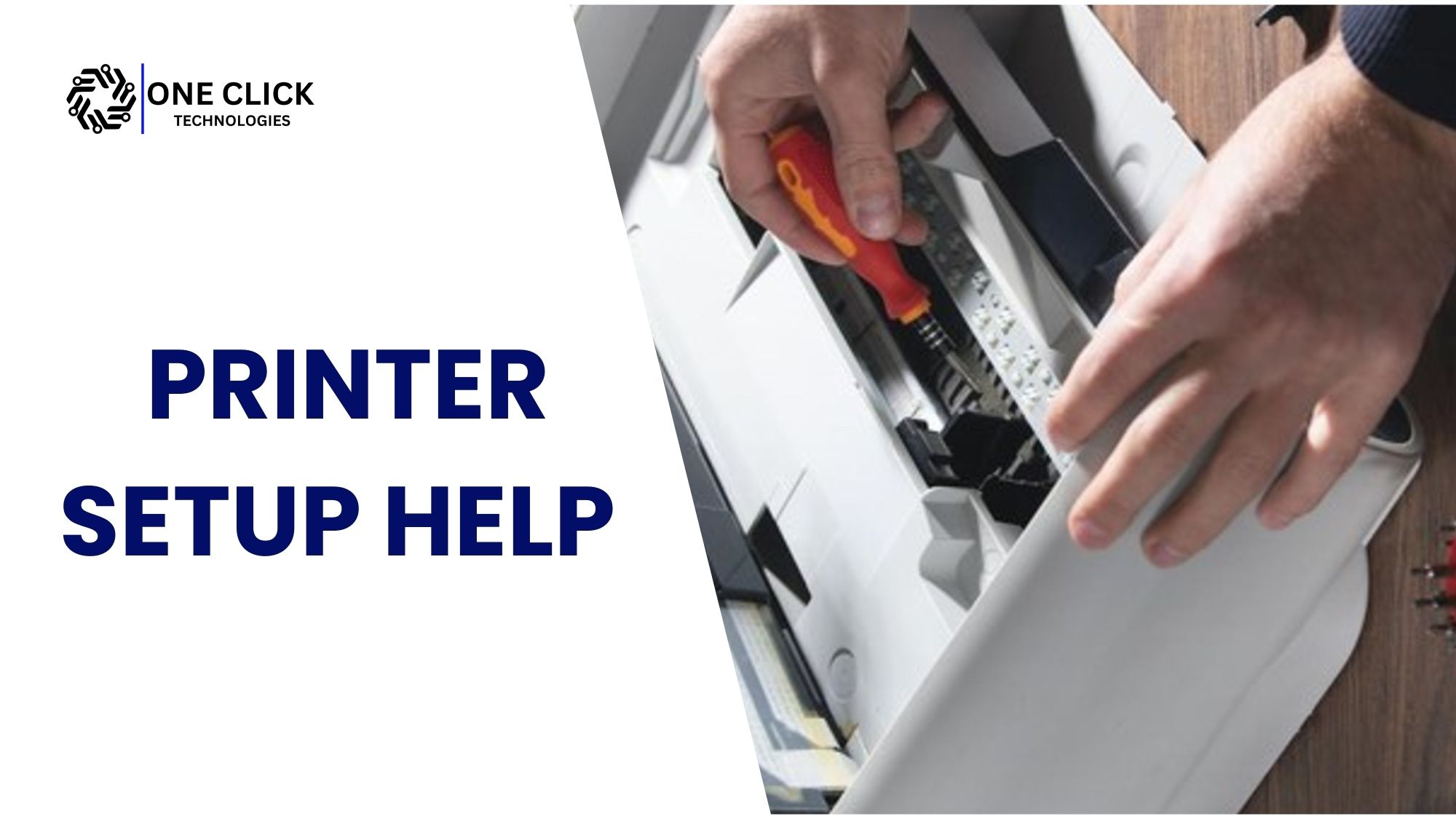Getting a new computer is exciting, whether it’s a desktop or a laptop. However, before you dive into using your new PC, there are essential steps you need to take to ensure it runs smoothly, securely, and efficiently. This comprehensive New Computer Setup guide will walk you through every critical step to properly configure your new system and avoid common pitfalls.
1. Unpack and Inspect Your New PC
Before turning on your new computer, carefully unpack and inspect all components. Check for any visible damage during shipping and ensure all accessories, such as the keyboard and mouse, power cables, and documentation, are included. If your PC has removable parts like RAM or an SSD, make sure they are securely in place.
What to Check:
- Ensure the case, screen, or keyboard has no cracks or damage.
- Verify that the power cable, adapter, and necessary accessories are included.
- If you bought additional hardware, such as an SSD or extra RAM, install them securely before starting the computer.
2. Connect and Power On Your PC
After unpacking, you need to set up and connect your computer properly.
Steps to Follow:
- Connect peripherals: Attach your keyboard, mouse, and monitor (for desktops).
- Plug in the power cable: Make sure your PC is plugged into a surge protector for safety.
- Connect to the Internet: If you are using a wired connection, plug in an Ethernet cable. Otherwise, connect to Wi-Fi during setup.
- Turn on the PC: Press the power button and wait for the computer to boot up.
3. Follow the Windows Setup Process
Most new PCs come with either Windows 10 or Windows 11 pre-installed. Windows will guide you through the initial setup process, where you will configure essential settings.
Setup Includes:
- Language and Time Zone Selection: Choose your preferred language and region.
- Network Connection: Connect to Wi-Fi or Ethernet to enable updates.
- Microsoft Account Sign-in: Sign in with your existing Microsoft account or create a new one.
- OneDrive Setup: Sync files across devices using Microsoft’s cloud storage service (optional).
- Windows Privacy Settings: Adjust data-sharing settings according to your preferences.
4. Run Windows Update Immediately
Before installing any software, update your operating system to ensure it has the latest security patches and features.
How to Update Windows:
- Open Settings > Update & Security > Windows Update.
- Click Check for updates.
- Install any available updates and restart your PC to complete the process.
This ensures that your Windows PC is fully up-to-date and secured against vulnerabilities.
To know about: Resolve Windows 10 Update Issues Instantly with This Troubleshooter Guide
5. Install and Update Device Drivers
Your new PC may require updated device drivers for hardware components like the motherboard, graphics card, printer, and external devices.
How to Check for Driver Updates:
- Open Device Manager (Search for it in the Start Menu).
- Expand categories like Display Adapters, Network Adapters, and Sound Devices.
- Right-click on each device and select Update Driver.
- If necessary, download drivers from your PC or hardware manufacturer’s website.
Keeping your drivers updated ensures that your hardware performs optimally.
6. Uninstall Bloatware and Unwanted Programs
Most new computers come with pre-installed bloatware—unwanted programs that take up disk space and slow down your system.
How to Remove Bloatware:
- Open Control Panel > Programs > Uninstall a Program.
- Look for unnecessary software such as trial versions or manufacturer apps.
- Select the programs and click uninstall.
Removing bloatware can help your PC run faster and more efficiently.
7. Install Essential Software
Once your system is updated, install the necessary software for daily use.
Must-Have Programs:
- Web Browsers: Google Chrome, Microsoft Edge, Mozilla Firefox.
- Office Suite: Microsoft Office, LibreOffice.
- PDF Readers: Adobe Reader, Foxit Reader.
- Cloud Storage: Dropbox, OneDrive, Google Drive.
- Security Software: Antivirus, anti-malware tools like Malwarebytes.
- Backup Solutions: Macrium Reflect, EaseUS Todo Backup, AOMEI Backupper.
To make installation easier, use Ninite to install multiple programs at once.
8. Set Up a Backup Solution
Backing up your files ensures that your data is protected against hardware failures, malware attacks, or accidental deletions.
Recommended Backup Methods:
- External Hard Drive: Use Windows Backup and Restore to create a system image.
- Cloud Backup: Services like OneDrive, Dropbox, or Google Drive.
- Third-Party Backup Software: Macrium Reflect, AOMEI Backupper, EaseUS Todo Backup.
Regular backups help keep your files safe.
9. Secure Your PC with Antivirus and Anti-Malware
Your new Windows PC needs protection against viruses, malware, and phishing attacks.
Security Essentials:
- Windows Security: Built-in in Windows 10/11.
- Third-Party Antivirus: Bitdefender, Norton, McAfee.
- Anti-Malware Software: Malwarebytes.
Run regular scans and keep your antivirus software updated to stay protected.
To know about: The Importance of Regular Malware Scans: How Often Should You Do It?
10. Configure Power Settings
Adjusting power settings is important, especially for laptops, to balance battery life and performance.
How to Adjust Power Settings:
- Open Control Panel > Hardware and Sound > Power Options.
- Choose a power plan (Balanced, High Performance, or Power Saver).
- Customize advanced settings to optimize performance.
11. Transfer Files from Your Old PC
If upgrading from an old PC, you may want to transfer files, settings, and apps.
How to Migrate Data:
- Use an External Hard Drive or USB Drive.
- Cloud Storage: Upload files to OneDrive, Google Drive, or Dropbox.
- Windows Migration Tools: Windows Easy Transfer, Laplink PCMover.
12. Configure Your Start Menu and Taskbar
Personalize your Start Menu and Windows Taskbar for easier access to frequently used apps.
Customization Tips:
- Pin essential apps to the taskbar.
- Rearrange Start Menu tiles.
- Disable unnecessary background apps.
13. Set Up Printers and Other Peripherals
If you have a printer, scanner, or additional peripherals, connect and install the necessary drivers.
How to Install a Printer:
- Connect the printer via USB or Wi-Fi.
- Open Settings > Devices > Printers & Scanners.
- Click Add a printer or scanner and follow the instructions.
To know: Why Is Your Printer So Slow? Top 5 Causes and Quick Fixes
14. Optimize and Clean Up Storage
Check your SSD or hard drive for unnecessary files that take up space.
How to Free Up Disk Space:
- Use Disk Cleanup to remove temporary files.
- Uninstall old software.
- Store large files on external storage.
15. Check for New Updates Regularly
Your new computer will run as smoothly as possible if you keep everything updated, including Windows, drivers, and security software.
Conclusion
Setting up a new computer properly ensures smooth performance, security, and productivity. Follow this new computer setup checklist for an optimal experience.
Need Expert Help?
If you need professional assistance, OneClick Technologies LLC provides expert PC setup, security, and optimization services.
Contact OneClick Technologies LLC Today! Get Your PC Set Up Hassle-Free!






